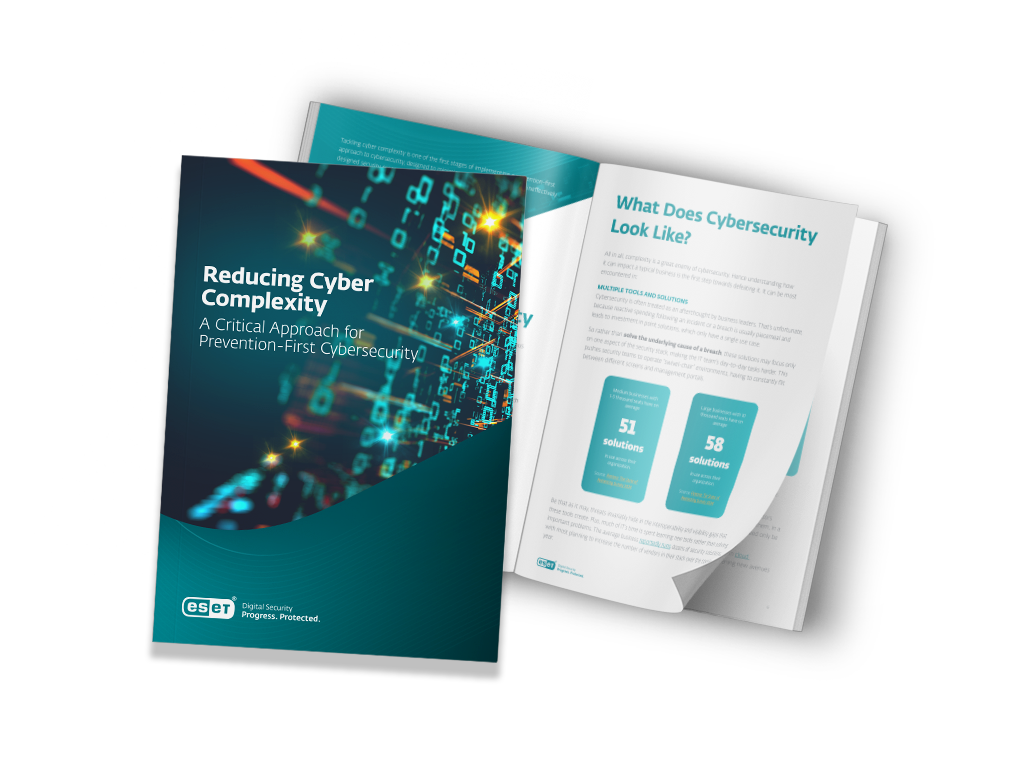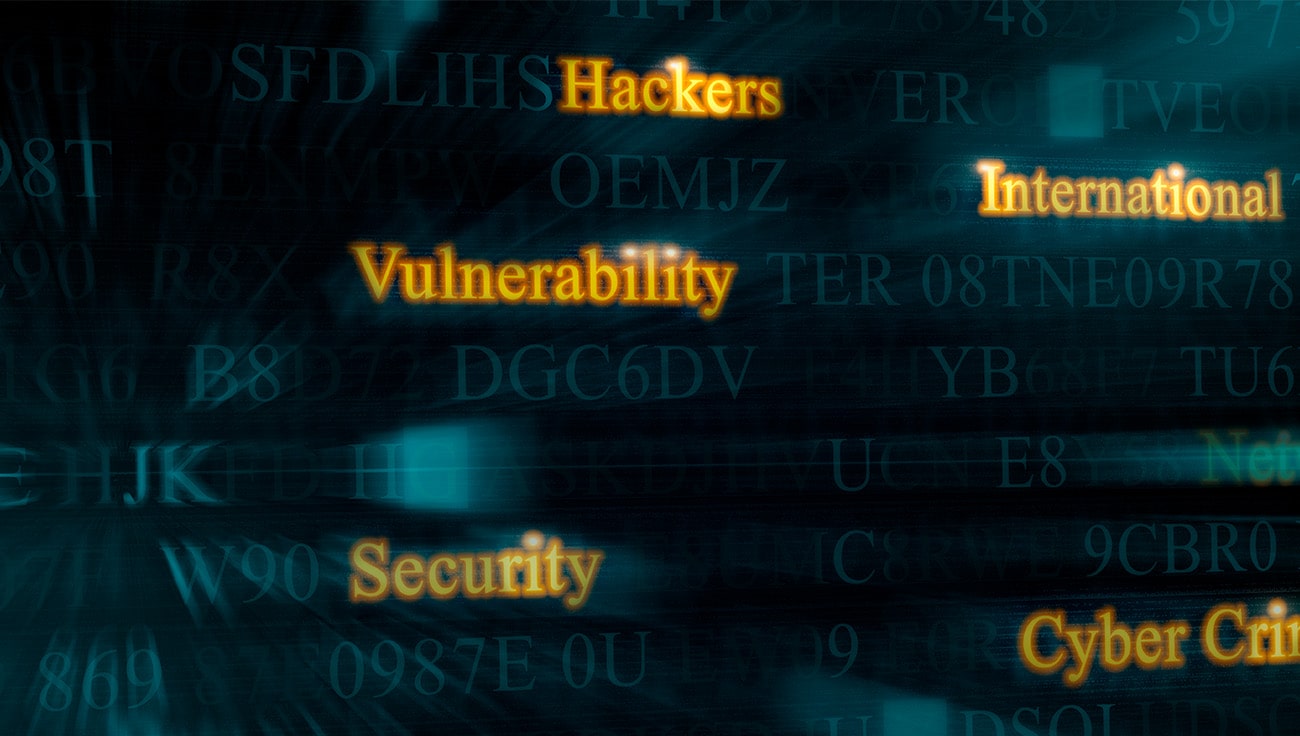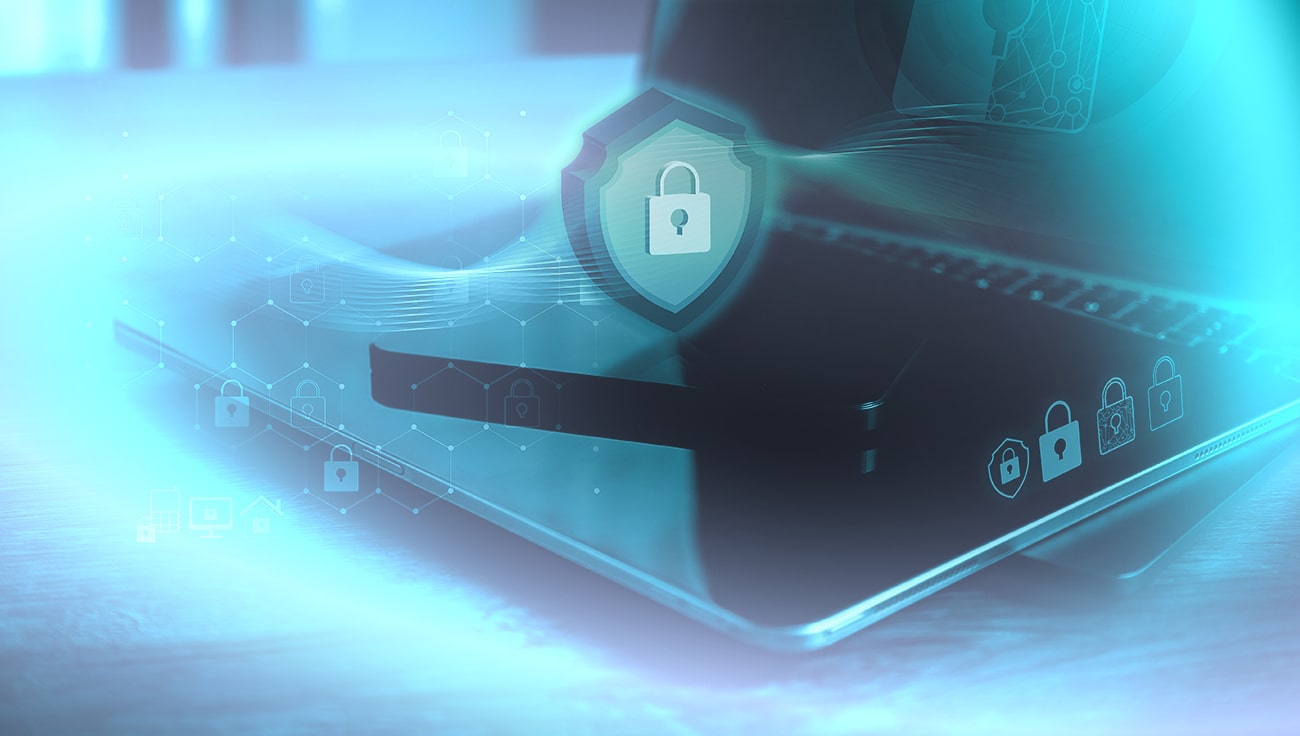Nearly every year, new software tools and solutions emerge, adding to the ever-growing digital landscape.
As software continues to "eat the world," especially now with the rapid rise of AI, security teams are under increasing pressure to manage an increasing growing range of risks. They are now tasked with defending against threats from all directions in many different ways, a challenge best described as cybersecurity complexity – a threat that shouldn’t be ignored.
It affects businesses of all sizes, from large corporations to small enterprises. Both face challenges such as managing remote work environments or constantly growing need for diverse skills of the IT specialists who need to operate and secure numerous different systems. According to the 2024 Cisco Cybersecurity Readiness Index, 80% of companies admit that relying on multiple point solutions reduces their teams’ efficiency in detecting, responding to, and recovering from incidents. So how can this problem be solved?
Adopting a prevention-first approach is the most effective path to strong cybersecurity. Addressing cybersecurity complexity should be a top priority, as the fatigue it causes poses a significant risk to organizations. When small IT teams are constantly overwhelmed by managing multiple processes, solutions, and services, they have little time for proactive measures and other activities. This can lead to cutting corners, such as skipping multi-factor authentication (MFA) or other critical security steps, ultimately expanding the attack surface instead of reducing it.
What does cybersecurity complexity involve?
Multiple tools and solutions: According to Pentera: The State of Pentesting Survey 2024, medium-sized businesses use an average of 51 solutions, while larger ones use 58. Both face similar tool sprawl, leading to IT fatigue and complexity. Specialists constantly switch between tools, often missing critical gaps.
Security tool complexity: Many tools are unintuitive and inefficient. Even promising solutions like SIEM are underutilized due to lack of time and resources.
Remote work and BYOD (Bring Your Own Device): Remote work increases cybersecurity risks as employees use unprotected devices and unsecured networks. Managing this environment is challenging due to the growing number of devices.
A rapidly evolving threat landscape: The threat landscape is constantly changing, with attackers exploiting multiple entry points. Supply chain security is a major concern, with 93% of companies experiencing breaches caused by weaknesses in their third-party vendors. AI-powered techniques and stolen credentials are significant threats.
Cybersecurity skills shortages and gaps: Small and mid-sized businesses therefore often face significant challenges in cybersecurity staffing. Limited budgets make it difficult to compete with larger companies for top talent, leaving IT teams stretched thin. The global cybersecurity workforce gap has now reached nearly five million, growing by 19% annually. In fact, 46% of cybersecurity professionals reported their teams were "somewhat understaffed" in 2023, according to the ISACA Global Cybersecurity State Report. Skills gaps add to the problem. As technology becomes more complex, IT security skills risk falling further behind, widening the gap.
Data overload: The flood of data and alerts from numerous solutions makes it hard to prioritize threats, leading to inefficiencies and burnout. This complexity reduces productivity and strains already overburdened teams.
How to achieve better solutions?
Prevention first should become the guiding principle of all your steps. Securing your first line of defence through building resilience into systems, improving the cyber-hygiene, and blocking threats before they get the chance to strike is your best and cheapest form of defense. Easier said than done? What you need is an easy-to-operate, automatic, and maintenance-free solution which is out-of-the-box ready to be used by SMB teams.
But how do you pick one? There are several aspects you should consider.
Tool consolidation: Use a single, user-friendly platform that consolidates all prevention steps and offers protection across endpoints, servers, mobile devices, cloud applications, and emails. The ESET PROTECT platform provides comprehensive protection with multiple advanced security layers.
Simplified UI: Choose a solution with an intuitive and straightforward user interface, accessible from any device, and customizable to your company's needs. ESET PROTECT's design and AI features streamline workloads for SecOps analysts.
Zero Trust approach: Don’t trust anyone by default. Ensure your systems enforce frequent verification of all users and devices, starting with least-privilege access and scaling upward as needed. Zero Trust implements strict access controls through continuous verification, significantly reducing the risk of unauthorized access to corporate networks and cloud resources. Even if attackers manage to breach the perimeter, their ability to perform malicious actions is greatly limited.
MDR: Addressing the cybersecurity skills shortage requires long-term efforts from governments and educators, but organizations can take immediate steps to alleviate the burden. One effective solution is outsourcing critical security operations to cost-efficient, high-value alternatives. ESET PROTECT MDR offers a reliable approach, eliminating the need for heavy investments in SecOps technology, staffing, and continuous training.
Proactive defense, automation, and AI: While threat actors may seem to have the upper hand, organizations can leverage AI across the cloud, endpoints, and networks to process vast amounts of data. This allows them to proactively identify suspicious behaviour and neutralize threats before any damage occurs.
AI and machine learning (ML) play a crucial role in reducing cybersecurity complexity. Generative AI (GenAI) tools like ESET AI Advisor analyze vast amounts of data to provide intuitive insights, helping SecOps teams prioritize alerts, optimize XDR, and close skills gaps by enabling natural language interactions.
Prevention first is sustained by simplicity
To keep your company sustainably secure, choose a simple, highly automated solution that requires minimal human maintenance. This approach will streamline your IT team’s workflow while enhancing the overall protection of your systems.
ESET PROTECT provides a prevention-first approach that simplifies security management, enhances resilience, and supports initiatives like XDR and Zero Trust. It’s a clear, streamlined solution for businesses looking to reduce complexity and secure their future.




